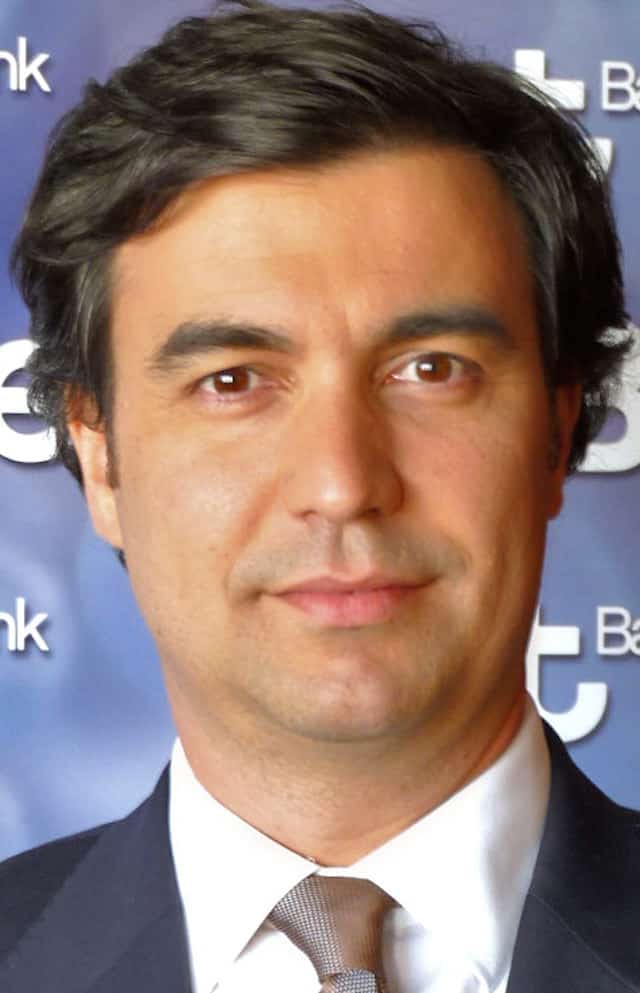COUNTRY REPORT | PORTUGAL

With strong underpinnings for reform now in place, Portugal is seeing signs of economic improvement. But now that it has increased exports, will greater vulnerability to global trade winds haunt growth?
The foundations for economic reform in Portugal have been laid: Regulations have been adopted and are currently being implemented. But only over several years will we observe the full impact. The nation is coasting on some welcome tailwinds. Investor sentiment toward Europe has now generally become more positive, particularly in the Mediterranean countries. Portugal gained early traction, having launched its reform program even ahead of the credit crisis, back in 2007. At that time, its economy had already started struggling, buffeted by increased competition from Asia, especially in textiles. Recognizing the shift, firms began to diversify both products and export markets, expanding in the Middle East, South America and Africa. “Medium as well as large companies changed their export mentality,” says Carlos Almeida, head of investments for Banco Best.

It is unclear how far firms will go to self-impose discipline over and above government-mandated legislation. During the crisis, domestic companies accepted that domestic consumption was unsustainable and that they “needed to go abroad in search of new markets,” says Antonio Barroso, senior VP at consultancy Teneo Intelligence. He concludes that today’s successful outcome derives from a combination of factors, citing “the autonomous reaction by firms in reorientation toward the external sector and the reforms demanded by the Troika [of the European Union, European Central Bank and International Monetary Fund] and undertaken by the government.”
But risks still lurk. “In the past, we saw two major enforcers of structural reform and fiscal consolidation,” explains Diego Iscaro, senior economist at consultancy IHS. First, the Troika imposed order. Recipients had to implement austerity, or at least make credible gestures in that direction, to obtain bailout funds. Plus, in some countries like Italy, bond markets created rate pressures. Now that yields have sunk so low, however, and the bond market has returned to stability, even a significant rise in interest rates would no longer cause the same angst. “Clearly the link between bond yields and reform is broken, and Portugal has now left the bailout program,” Iscaro points out. Will discipline lose its bite?
With no capacity to control nominal exchange rates, Portugal needed to become more competitive by cutting costs in the tradable sector. That has been accomplished, as reflected by a sharp increase in exports of goods and services, which on a real basis were 30% higher in 2013 than in 2009, and 15% above the pre-crisis peak. Moreover, the proportion of firms engaged in export activity rose from 14.5% in 2007, to 17.9% in 2012, with exports contributing 32.4% in 2008, versus 40% in 2013.
That coin, however, has two sides. “Now that exports constitute such a large part of its economy, Portugal has become more vulnerable and exposed to the rest of the world,” Iscaro notes.
TURNING THE CORNER
But Portugal is showing positive signs in all main economic measures—including exports, GDP, deficits and labor markets.The economy appears to be turning a corner, after ten successive quarters of contraction. That growth has been achieved despite the large cutback in government expenditures, which represent a substantial component of GDP. During the last quarter of 2013, GDP expanded on an annual basis for the first time in three years. The Portuguese fiscal office also released overall GDP figures for the first quarter of 2014 showing GDP up 1.2% year-over-year.

Nonetheless, high debt levels remain. “The size of the state had reached a significant level, with no counterpart in terms of tax collected, so the government had to go to the market for debt,” notes Carlos Jesus, equity analyst at Caixa–Banco de Investimento. Unlike in some other countries, deleveraging in Portugal has not taken place on a large scale. Gaps have narrowed, though, with the fiscal deficit reduced from almost 10% of GDP in 2010 to 4.9% in 2013. “More significantly, the primary deficit has been reduced from 7% to 0.6% over the same period, which ultimately allowed the
government to opt for a ‘clean exit’ of the adjustment program with the funding needs covered by market access,” says Rui Constantino, chief economist at Santander Totta.
Portuguese private debt levels, representing 223% of GDP in 2012, are exceeded in Europe only by Luxembourg, Ireland, Cyprus and Denmark. Empirical studies have shown that when corporate debt reaches over 90% of GDP, it can act as a drag on growth. The more debt companies are carrying, the less likely they are to invest and hire. In addition, debt can pose systemic risk to the banking sector, because once interest rates start to rise again, they may precipitate a wave of defaults. “At least our government has succeeded in cutting expenses to the extent that the primary deficit should become positive from 2014 on,” says Jesus.
But firms considering investing in Portugal are less concerned with deficits and austerity spending than with hiring and firing labor practices. Reform goals have aimed at making labor markets more flexible, “without specific targets in terms of numbers,” says Jesus. The government has actively regulated in many fields, including severance, pensions, collective bargaining agreements, the judicial system and housing.
Meanwhile, unemployment has made painful progress, from 17.4% in 2013 to 15.1% in 2014. Considering those dismal statistics, the lack of public backlash is surprising; Teneo’s Barroso attributes it to several factors. First, in Southern Europe the family structure provides a cushion. Second, unions have lost credibility. Third, emigration offers a safety valve. Last, he adds, “Extremes in Portugal are contained because of the historical experience of dictatorship.”
Although the main opposition party has been vocal in opposing the reforms, the vision of all three major parties is similar. With elections scheduled for late 2015 and the presidential election slated for 2016, politicians are unlikely to backtrack from the fiscal targets set with the Troika. “All agree that we need to grow, to restore confidence of international investors and to reduce unemployment,” summarizes Banco Best’s Almeida. “They only differ as to the speed of adjustments.” n
GFmag.com Data Summary: Portugal |
|||
|---|---|---|---|
Central Bank: Bank of Portugal |
|||
|
International Reserves |
$20.8 billion |
||
|
Gross Domestic Product (GDP) |
$212.3 billion |
||
|
Real GDP Growth |
2010 1.9% |
2011 -1.3% |
2012 -3.2% |
|
GDP Per Capita—Current Prices |
$20,020 |
||
|
GDP—Composition By Sector* |
agriculture: |
industry: |
services: |
|
Inflation |
2010 1.4% |
2011 3.6% |
2012 2.8% |
|
Public Debt (general government |
2010 94.0% |
2011 108.2% |
2012 124.1% |
|
Government Bond Ratings (foreign currency) |
Standard & Poor’s BB |
Moody’s Ba2 |
Moody’s Outlook NEG |
|
FDI Inflows |
2009 $2,706 million |
2010 $2,646 million |
2011 $10,344 million |
* Estimates Sources: GFMag.com Country Economic Reports, IMF, CIA, UNCTAD



